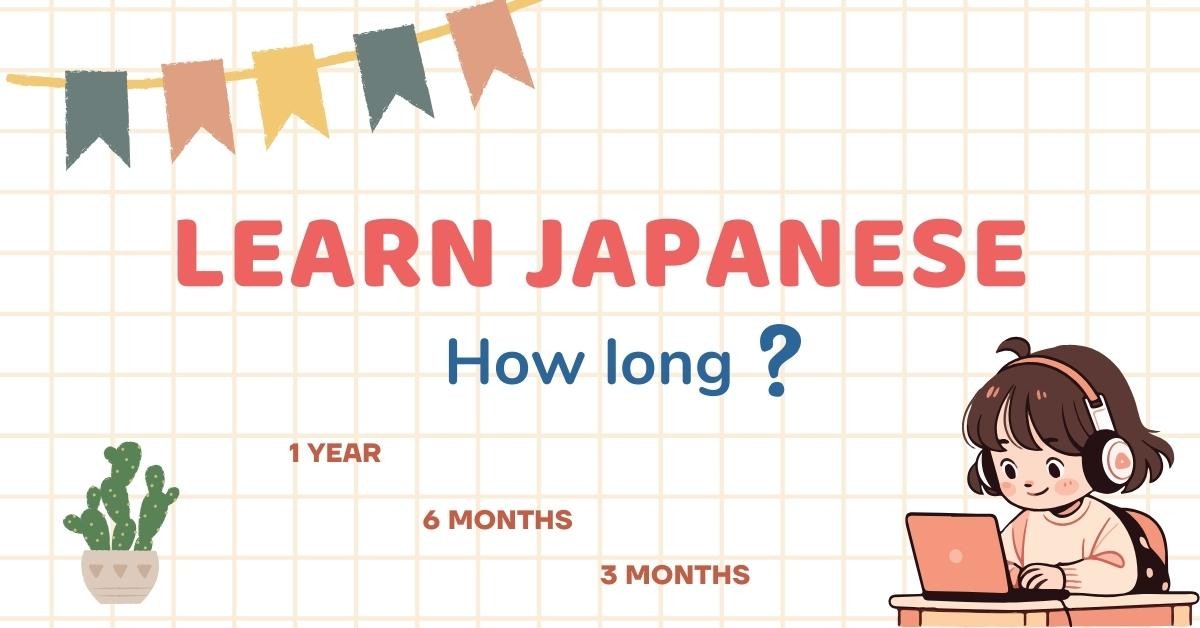- Simple and structured grammar
- No impossible sounds to master
- No gender or plurals to worry about
- Easy-to-learn vocabulary
- Writing system based on simple characters
- Consistent pronunciation
- English speakers have an advantage with Japanglish
Are you wondering why Japanese is easy to learn? In this article, we’ll explore 7 key reasons that make Japanese more accessible than you might think. From its simple and structured grammar to its straightforward pronunciation, learning Japanese has never been easier. Whether you're a beginner or just curious, discover how you can start mastering the language with ease. Read on to find out why Japanese is easy to learn and how you can get started today!
Simple and structured grammar
Japanese grammar is often considered more straightforward than that of many other languages. The sentence structure follows a clear Subject-Object-Verb (SOV) pattern, which remains consistent throughout. For example, “I eat sushi” in Japanese would be "I sushi eat," maintaining the same word order. Moreover, Japanese verbs do not conjugate based on the subject (I eat vs. he eats in English), making it easier to understand.
According to the Foreign Service Institute (FSI), Japanese takes about 2200 hours to reach proficiency for an English speaker, which is considered average compared to languages that require significantly more time like Arabic (2200 hours) or Chinese (2200 hours).

No impossible sounds to master
Unlike some languages that require mastering complex sounds like the French “r” or the German “ch,” Japanese uses relatively simple sounds that do not require a specific accent or tongue position. The phonetic inventory of Japanese is smaller, with only 5 vowel sounds and a manageable set of consonants. For example, Japanese vowels include "a", "i", "u", "e", and "o", which are consistently pronounced the same way every time, unlike English vowels that can change based on the word. This simplicity aids learners in picking up the language more quickly.
According to a study from the University of Maryland, learners of Japanese have a faster success rate when it comes to mastering pronunciation compared to languages with more complicated phonetics.

No gender or plurals to worry about
Japanese doesn’t have gendered nouns like French or Spanish, nor does it have plural forms in the same way English does. In English, “cat” becomes “cats,” while in Japanese, "猫" (neko) means both “cat” and “cats,” with the plural being implied by context or added numerically. This greatly reduces the complexity when learning vocabulary and helps learners avoid gender and plural confusion.
According to a report by the FSI, the absence of gendered words and plural rules makes Japanese grammar easier for native English speakers to understand and use, adding to the overall simplicity of the language
Easy-to-learn vocabulary
A large part of Japanese vocabulary is loanwords from English, making it easier for English speakers to relate and remember. For example, "コンピュータ" (konpyu-ta) is the word for “computer,” and "バス" (basu) means “bus.”
Around 30% of Japanese vocabulary consists of loanwords from English and other languages, making it more accessible for English learners. In fact, language studies show that 80% of daily conversation in Japanese can be easily understood by recognizing these borrowed words. The integration of familiar English words into Japanese accelerates the learning process for English speakers.

Writing system based on simple characters
While Japanese is known for having three writing systems (Hiragana, Katakana, and Kanji), the first two are relatively simple and based on phonetic symbols. Hiragana, for example, consists of just 46 basic characters that represent sounds, and Katakana follows the same structure. Learners can master these within a couple of months.
Kanji, while more complex, accounts for only a small portion of everyday writing. The consistency of characters between Hiragana and Katakana allows learners to gain functional literacy without overwhelming complexity. The number of basic Hiragana characters is just 46, making it a manageable task compared to mastering an entirely new alphabet.
Consistent pronunciation
One of the easiest aspects of Japanese for learners is that it is written exactly how it sounds. Unlike English, which can have inconsistent spelling and pronunciation rules, Japanese does not have exceptions. Once you learn the sounds of Hiragana and Katakana, you can pronounce anything correctly.
For example, the word “さくら” (sakura) for "cherry blossom" will always be pronounced the same way, no matter where it is used. According to the FSI, Japanese has one of the most phonetic spelling systems among the world’s languages, making it significantly easier to learn pronunciation compared to other languages with irregular spellings like English or French.

English speakers have an advantage with Japanglish
Japanglish refers to the Japanese adaptation of English words, and it is found in everyday conversation. These loanwords are often used in media, advertising, and even casual conversation. With many Japanese words borrowed directly from English (e.g., “スマホ” [sumaho] for “smartphone”), English speakers have an advantage in understanding and communicating basic ideas.

This exposure to English vocabulary in Japan helps English speakers understand a large portion of modern-day Japanese without struggling with vocabulary. Studies show that about 10-20% of Japanese language learners’ vocabulary can be based on these Japanglish words, lowering the overall difficulty of language acquisition.
In conclusion, Japanese offers several reasons why it’s easy to learn, from its straightforward grammar to consistent pronunciation and lack of difficult sounds. With no gender or plural rules to worry about, it’s a language that can be quickly grasped. For English speakers, the presence of Japanglish adds an extra advantage, making Japanese a more accessible and rewarding language to learn.







